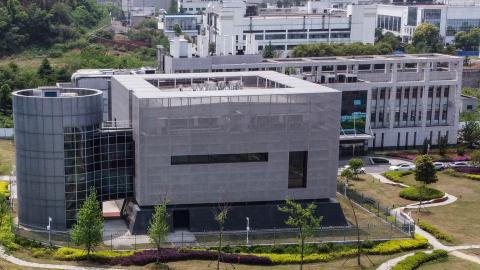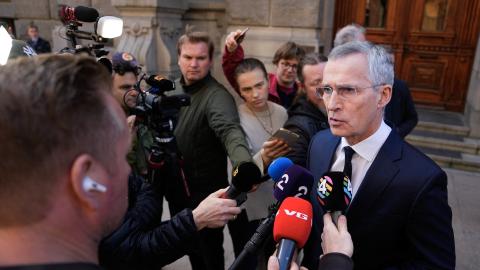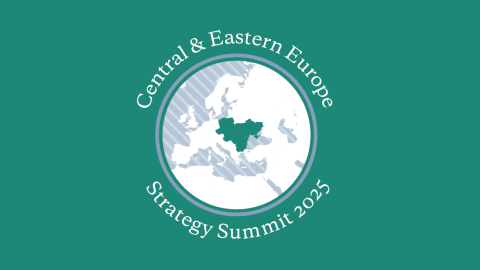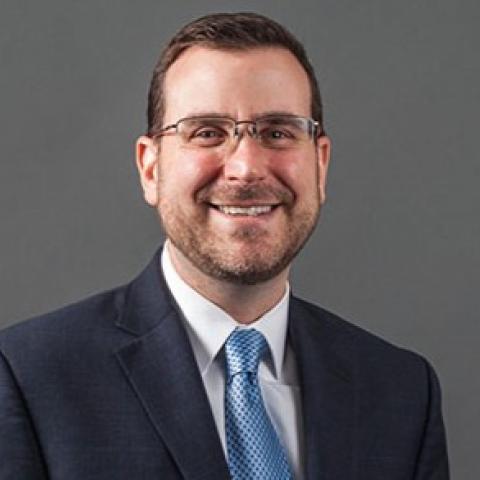Abstract - via papers.ssrn.com
This invited testimony was prepared for the Senate Judiciary Committee, Intellectual Property Subcommittee, hearing on reforming § 101. It identifies several reasons that justify congressional action in reforming § 101 and abrogating the Alice-Mayo framework created by the Supreme Court in its patent eligibility cases between 2010 and 2014. First, it details the very high rates of invalidation of patents and rejection of patent applications under § 101 since 2014. Second, it explains why the USPTO’s recent reforms in its § 101 examination guidelines are insufficient to solve the problems of excessive cancellations of patents by courts and uncertainty for innovators. Third, it identifies a guidepost for congressional action today in the 1952 Patent Act. Congress has abrogated Supreme Court doctrines many times before, and its enactment of § 103 in the 1952 Patent Act is a model for reform of § 101 today. Section 103 is succinct, technology neutral, and simple in setting forth procedural and substantive limits for nonobviousness doctrine. It does this because it responded to the same problems in nonobviousness doctrine that innovators face today under patent eligibility doctrine: the Supreme Court created a very restrictive test (“the flash of creative genius”) that resulted in extensive invalidations of patents and uncertainty for innovators. In 1949, Justice Robert Jackson lamented in dissent that "the only patent that is valid is one which this Court has not been able to get its hands on." This could have been written today about patent eligibility cases. Congress should act again to rein in a judicial doctrine that is undermining the function of the patent system in driving the innovation economy.



















